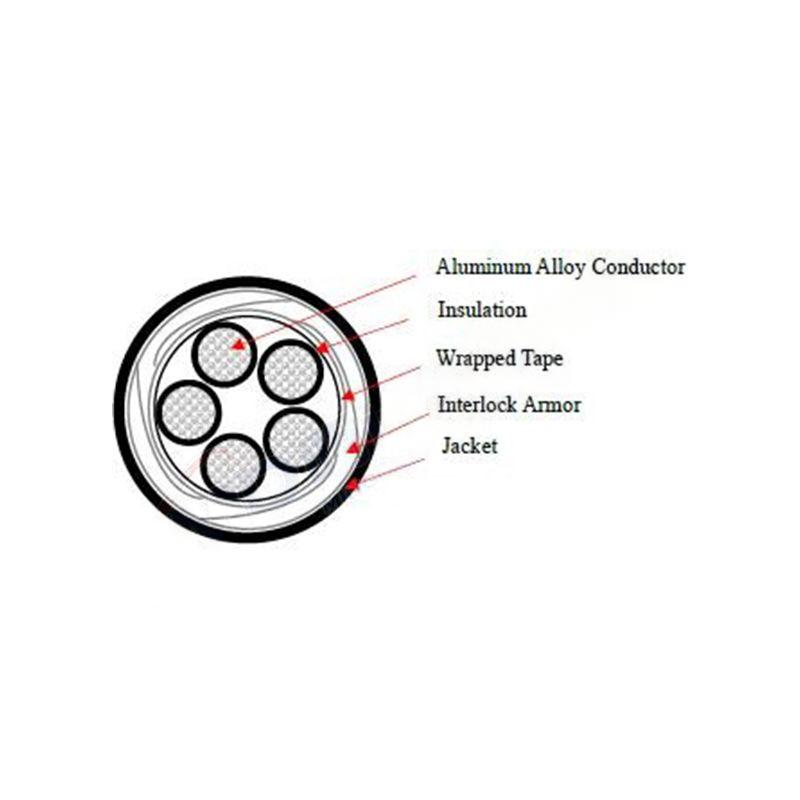10 月 . 22, 2024 14:42 Back to list
Flanged Butterfly Valve Design and Applications in Fluid Control Systems
Understanding Butterfly Valve Flange Ends
Butterfly valves have become a popular choice in various industries due to their compact design, lightweight characteristics, and efficiency in regulating and isolating flow. Among their many features, the flange end is a critical aspect that contributes to their functionality and installation. In this article, we will explore what a butterfly valve flange end is, its advantages, and considerations for installation and maintenance.
What is a Butterfly Valve Flange End?
A butterfly valve is a type of quarter-turn valve that operates by rotating a disc to open or close the flow path. The flange end refers to the connection point on the valve that allows it to be mounted to a piping system. Typically, a flange is a protruded lip or rim that serves as a connecting mechanism, allowing the valve to be bolted securely to the piping flanges. This feature is versatile and can be designed to meet various industry standards, including ANSI, DIN, and JIS, ensuring compatibility with different systems.
Advantages of Flange Ends
1. Easy Installation and Maintenance Flanged ends facilitate straightforward installation and maintenance procedures. Flange connections allow for easy disassembly of the valve from the pipeline, enabling quick replacements or repairs without the need for extensive reconfiguration of the piping system.
2. Secure Sealing Flange ends are designed to create a tight seal when bolted to matching flanges in the pipeline. This secure connection minimizes the risk of leaks, which is crucial in applications involving hazardous or pressurized fluids.
3. Alignment and Stability The flanged design helps with proper alignment of the valve within the piping system. This alignment ensures stable operation over time, reducing wear on the valve and improving its overall performance.
4. Versatile Applications Butterfly valves with flange ends are widely utilized across many industries, including water treatment, oil and gas, chemical processing, and HVAC systems. Their capacity to handle different types of fluids and pressures makes them suitable for diverse applications.
Installation Considerations
When installing a butterfly valve with a flange end, several factors must be taken into account to ensure optimal performance
1. Flange Compatibility It is essential to ensure that the flanges of both the valve and the pipeline are compatible in terms of size, pressure rating, and standard (ANSI, DIN, etc.). Mismatched flanges can lead to inadequate sealing and leakage.
butterfly valve flange end

2. Gasket Selection A suitable gasket must be selected to fill the space between the valve flange and the pipeline flange. This gasket should be made of appropriate materials that can withstand the working fluid’s temperature and pressure.
3. Torque Specifications Proper torque must be applied when fastening the bolts that hold the flanged connection together. Following the manufacturer’s torque specifications is vital to prevent over-tightening or under-tightening, both of which can lead to failure of the seal.
4. Positioning Positioning the butterfly valve correctly in the pipeline is crucial. Valves should generally be installed in a horizontal position to ensure proper flow dynamics and functionality, although vertical installations may be acceptable in certain scenarios depending on the application.
Maintenance Practices
Regular maintenance of butterfly valves with flange ends contributes to their longevity and reliability
1. Visual Inspections Periodic visual inspections can help identify signs of wear, corrosion, or leaks around the flange connections. Early detection allows for timely interventions.
2. Gasket Replacement Gaskets may degrade over time due to the operating environment. Regular checks for signs of wear and replacing worn gaskets can prevent leaks.
3. Functional Testing Routine functional testing of the valve operation ensures it opens and closes smoothly without resistance. Any irregularities should be addressed immediately.
4. Cleaning Keeping the valve clean from debris and buildup can enhance its operational efficiency and prevent premature wear.
Conclusion
Butterfly valves with flange ends are integral components of numerous industrial processes. Their design facilitates easy installation, maintenance, and secure sealing, making them a reliable choice for various applications. Understanding the critical aspects of their installation and maintenance can ensure that these valves perform efficiently and effectively throughout their service life.
Share
-
Understanding the Differences Between Wafer Type Butterfly Valve and Lugged Butterfly ValveNewsOct.25,2024
-
The Efficiency of Wafer Type Butterfly Valve and Lugged Butterfly ValveNewsOct.25,2024
-
The Ultimate Guide to Industrial Swing Check Valve: Performance, Installation, and MaintenanceNewsOct.25,2024
-
Superior Performance with Industrial Swing Check Valve: The Essential Valve for Any SystemNewsOct.25,2024
-
Industrial Swing Check Valve: The Ideal Solution for Flow ControlNewsOct.25,2024
-
You Need to Know About Industrial Swing Check Valve: Functionality, Scope, and PerformanceNewsOct.25,2024